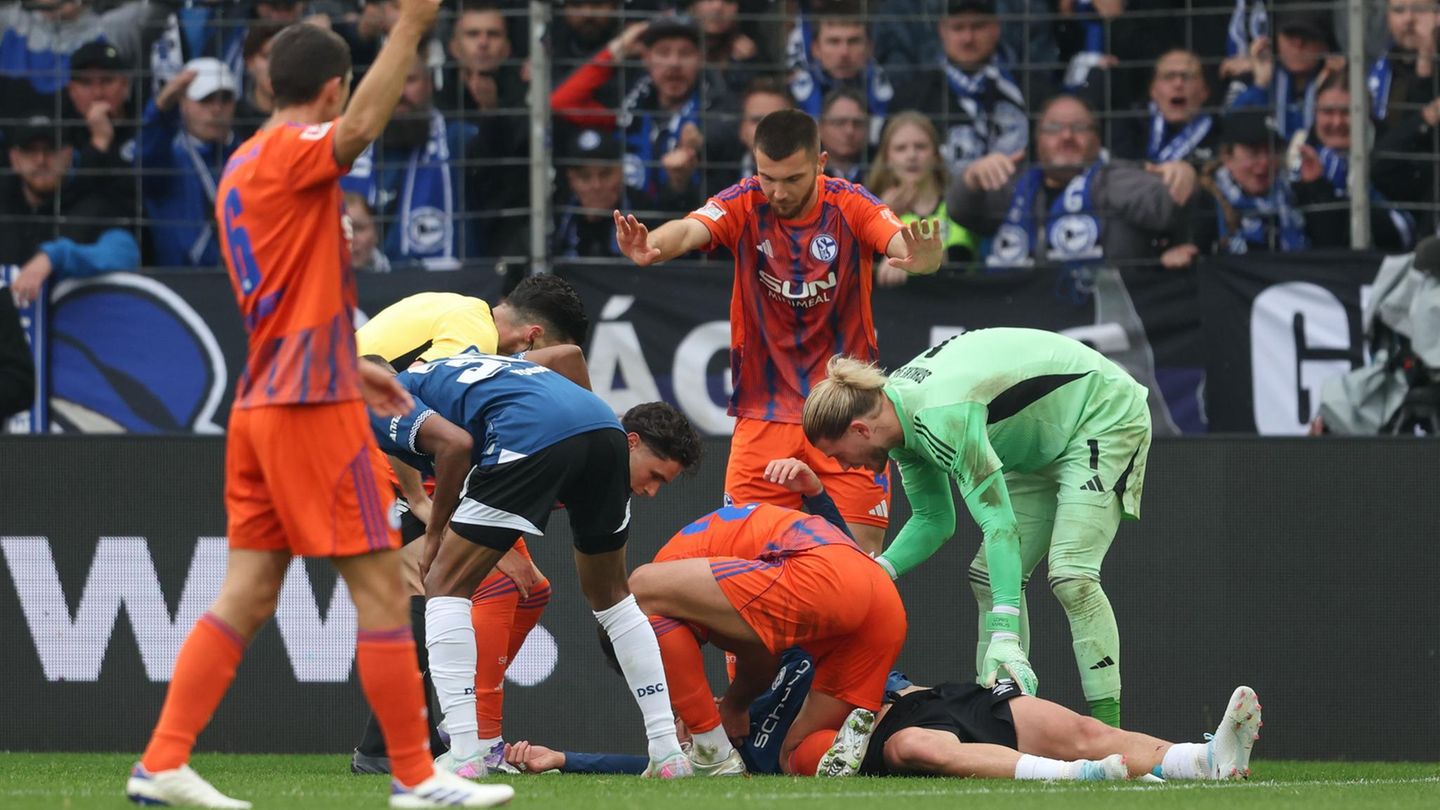According to Jens Stoltenberg, Russia also uses cluster munitions in its attacks on Ukraine. The NATO Secretary General fears “more suffering, more death and more destruction” in the coming days.
According to NATO, Russia is also using cluster munitions in the war against Ukraine. “We have seen the use of cluster bombs,” said Secretary General Jens Stoltenberg in Brussels.
There are also reports of the use of other types of weapons that violate international law. Stoltenberg did not give any details. Russia was recently accused of using so-called thermobaric artillery weapon systems, which cause a particularly destructive combination of heat and pressure waves.
As big as a beverage or aerosol can
Cluster munitions are rockets or bombs that burst while still in the air over the target and release a large number of small explosive devices, the so-called submunitions. These mini-bombs, about the size of a soda can or aerosol can, then fall to the ground within a radius of several tens of meters.
They can penetrate even lightly armored vehicles and not only fatally injure people nearby with their fragmentation effects. Cluster munitions can be fired from the ground by rocket launchers, but they can also be dropped as bombs from aircraft.
Cluster bombs are outlawed in most countries around the world. More than a hundred countries already belong to a convention against cluster munitions that came into force in 2010, including Germany. The international treaty prohibits, among other things, the manufacture and use of this type of ammunition. However, Russia and Ukraine have not signed the agreement. According to reports, cluster munitions have also been used in contested areas in Donbass since 2014.
Stoltenberg expects the situation to deteriorate
Stoltenberg expects the situation in the Eastern European country to worsen significantly due to the ongoing war. “The coming days will probably be even worse, with more death, more suffering and more destruction,” said the Norwegian after a meeting of NATO foreign ministers. Russian forces used heavier weapons and continued their attacks across the country.
Many civilians have already been killed or injured in the Russian war of aggression. Stoltenberg spoke of the worst military aggression in Europe in decades.
NATO rules out no-fly zone over Ukraine
Meanwhile, NATO will not comply with Ukraine’s request to enforce a no-fly zone over Ukraine. The topic had been addressed, said NATO Secretary General Jens Stoltenberg after consultations with the foreign ministers of the member states in Brussels.
However, the Allies agreed that NATO aircraft should not operate in Ukrainian airspace. “As a NATO ally, we have a responsibility to prevent this war from escalating beyond Ukraine, because that would be even more dangerous, more devastating and cause even more human suffering,” Stoltenberg said. To enforce a no-fly zone, NATO fighter jets would have to fly into Ukrainian airspace and shoot down Russian planes. We understand Ukraine’s desperation, but we are convinced that such a step could lead to a major war across Europe.
Ukrainian President Volodymyr Zelenskyy had previously urged the NATO countries to prevent Russia from launching further airstrikes on his country. “If you don’t want to close the sky now, give a deadline,” he said. “Tell me how many people should fly up in the air, how many arms, legs, heads do you need for that to get through to you?”
Influence of NATO would be “world catastrophe”
Luxembourg’s Foreign Minister Jean Asselborn had previously rejected the request. Such a no-fly zone would have to be decided by the United Nations and the question arises as to who would control this zone, said the longest-serving chief diplomat of the NATO countries on the fringes of the alliance’s deliberations in Brussels. Military action by NATO would be “a world catastrophe,” he warned.
Source: Stern
David William is a talented author who has made a name for himself in the world of writing. He is a professional author who writes on a wide range of topics, from general interest to opinion news. David is currently working as a writer at 24 hours worlds where he brings his unique perspective and in-depth research to his articles, making them both informative and engaging.




